1. Mandatory Dress Codes for Girls (And Not for Boys)

In the ’70s, female students were often forced to adhere to strict dress codes that dictated what was considered “appropriate” attire. Skirts and dresses were typically required, while pants were often banned outright, according to HubPages. This rule was framed as promoting professionalism and decorum, but it also reinforced gender stereotypes. Girls had to follow these rules even if they were uncomfortable or impractical, and were sometimes sent home for non-compliance. At the same time, boys could wear trousers, often with far fewer restrictions, making the whole thing seem very one-sided.
Such dress codes would no doubt trigger outrage today, especially with the ongoing conversations about gender equality and personal expression. In the 21st century, many argue that gender-neutral or more inclusive dress codes are vital to combat outdated norms. The idea that girls’ clothing choices are scrutinized while boys have far fewer restrictions seems not only unfair but also oppressive. Students today often view dress codes as a way to police their bodies and reinforce traditional gender roles, making them a topic of much debate and backlash.
2. No Talking in Class

In the 1970s, students were expected to remain silent during class unless called upon by the teacher. Talking in class was not just frowned upon but outright prohibited. If a student was caught speaking out of turn, the consequences could range from a stern warning to detention, depending on the severity. This practice was rooted in a strict educational culture, one that emphasized respect for authority and maintaining a quiet, orderly environment conducive to learning. Teachers often enforced silence by using strict disciplinary measures, including physical punishment in some cases. According to Medium, the belief that children should be “seen not heard” was strong.
Today, this rule would likely incite outrage for a number of reasons. First, it ignores the fact that classroom discussions, debates, and peer interactions are crucial for a well-rounded education. Students are encouraged to engage, ask questions, and collaborate. The modern approach values active participation and student voices, believing that silence stifles creativity and critical thinking. Students today also have greater awareness of mental health and learning styles, and many teachers adopt more inclusive, interactive approaches that prioritize student well-being and engagement rather than just obedience.
3. Punishments for Left-Handed Students
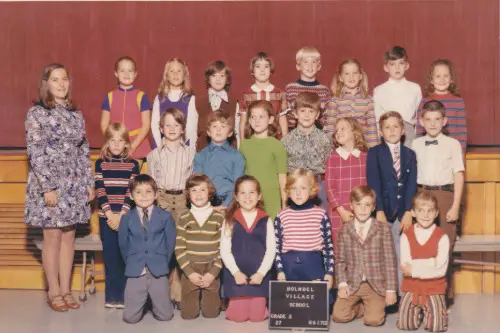
Left-handedness was considered a “defect” in many parts of the world, and schools in the 1970s were no exception, according to TIME Magazine. Some teachers would punish or try to “correct” left-handed students by forcing them to use their right hand for writing and other tasks. This was based on the misguided belief that being left-handed was unnatural or a sign of disobedience. In some cases, teachers would physically force students’ hands to hold writing tools with their right hand, causing not only frustration but also long-term negative effects on students’ development.
Today, this practice would be met with outrage. Modern education recognizes that handedness is a natural trait, and attempting to force left-handed children to conform to right-handed standards is not only cruel but also harmful. Left-handedness is now understood as a variation in brain function, and there’s a general acceptance that both left- and right-handedness are equally valid. The idea of punishing children for something as intrinsic as their handedness would be seen as outright abusive and would not be tolerated.
4. Corporal Punishment Was Commonplace
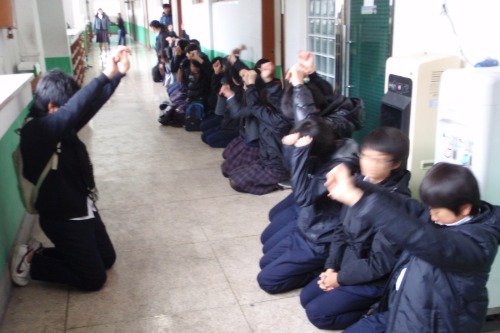
Spanking, paddling, and other forms of corporal punishment were common in schools during the ’70s, according to the NIH. Teachers and principals often had the authority to administer physical punishment for a variety of reasons, such as disobedience, talking out of turn, or even not completing homework. These acts were seen as an effective way to maintain discipline and control. Students who were punished often faced embarrassment and shame, and the practice was rooted in the belief that physical discipline would “teach respect.”
In the modern-day educational system, corporal punishment would generate immediate outrage. It’s now widely recognized as damaging to children’s mental and emotional well-being, and it often leads to a breakdown in trust between students and teachers. Today’s focus on positive reinforcement and restorative practices marks a stark contrast to the punitive methods of the past. The push for zero-tolerance policies on corporal punishment has made it clear that no form of physical discipline has a place in schools today.
5. Segregation in Some Schools
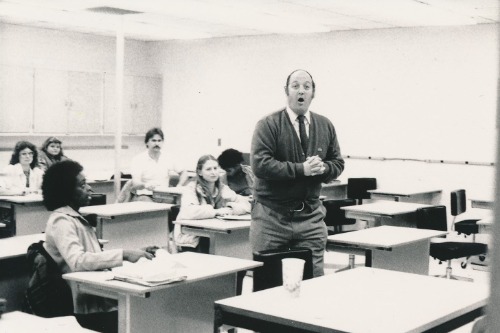
Although the Civil Rights Movement of the 1960s brought significant changes to American society, some schools in the 1970s were still racially segregated, according to Yale University. In the South, especially, many schools maintained separate facilities and classrooms for Black and White students. Even in northern areas, some schools had de facto segregation due to housing patterns and local policies. This segregation extended to extracurricular activities, where Black and White students were often kept apart, fostering inequality and perpetuating systemic racism.
The idea of racial segregation in schools today would be met with outrage and disgust. It would be seen as a violation of basic human rights and an affront to the principles of equality and justice. Society has made great strides since the ’70s in terms of civil rights, and the very notion of separate schools or segregated classrooms would be immediately condemned. Today’s education system aims to foster diversity and inclusion, with an emphasis on ensuring that every student, regardless of race, has equal access to resources and opportunities.
6. Teachers Acting as Parental Figures
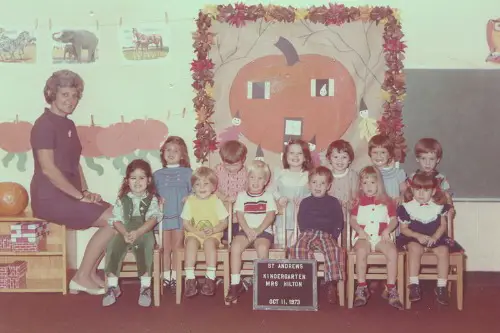
In the 1970s, teachers often had a level of authority and influence that extended beyond the classroom. Some teachers were expected to play a parental role, taking on duties such as disciplining students, offering emotional support, and sometimes even making decisions about students’ home life. Teachers could reprimand children for things like not following rules at home, and some even felt it was their duty to intervene in students’ personal lives, especially in cases where they believed a child was being neglected.
This concept of teachers acting as quasi-parents would spark outrage today. Parents and students alike would likely see this as an overstep of boundaries, with concerns about privacy, autonomy, and the role of educators in students’ lives. Teachers are seen today as educational professionals, not as authority figures with a right to intervene in a child’s home life or personal affairs. The rise of counseling services, student advocacy, and the emphasis on maintaining clear boundaries in teacher-student relationships has made this type of role-playing obsolete.
7. No Personal Hygiene Products Allowed in School Bags
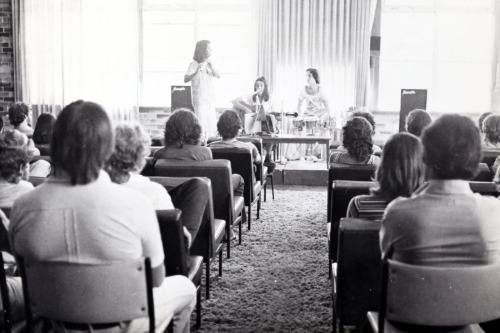
In the 1970s, it was not uncommon for students, particularly girls, to be banned from carrying personal hygiene products like sanitary napkins or deodorant in their school bags. This was based on the assumption that such items were inappropriate or unnecessary in a public setting. If a student was caught with these items, they could be reprimanded for not following the school’s rules of decorum. The stigma around discussing anything related to bodily functions was strong, and anything that hinted at puberty or personal care was often treated as taboo.
Today, such a rule would be an absolute outrage. It would not only violate students’ basic right to personal privacy but also show a complete disregard for their health and well-being. In fact, the discussion surrounding menstruation and hygiene has become much more normalized, with many schools now providing access to products and creating a more open environment where students can discuss these issues without embarrassment. The idea of restricting hygiene products would be viewed as regressive, harmful, and deeply inconsiderate.
8. “No Girls on the Playground During Boys’ Games”
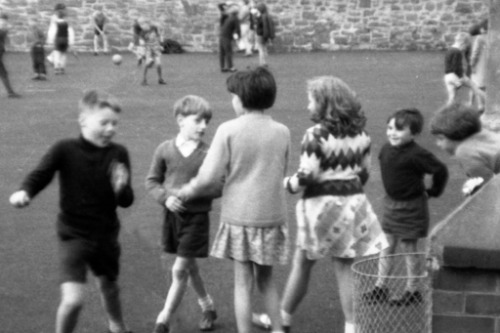
This rule was common in many schools in the 1970s, where playgrounds were often divided by gender. Boys had their own sports and games, while girls were relegated to separate activities or prohibited from participating in boys’ games. This was particularly true for contact sports like football or basketball, where girls were sometimes banned entirely. The idea was to prevent “disruption” of the boys’ play, with little regard for the interests or abilities of the girls involved.
In today’s world, such a rule would be met with outrage for being both sexist and discriminatory. The idea that girls are not capable or deserving of participating in “boys’ games” is both archaic and harmful. Gender equality has become a core value in modern education, and physical activity is now seen as important for all students, regardless of gender. Schools today are much more likely to encourage inclusivity and break down traditional gender boundaries in sports and recreation.
9. Physical Education Participation Was Mandatory, But Only for Some

Physical education (PE) in the ’70s was seen as a mandatory part of a student’s curriculum, but in practice, some students were often excused based on arbitrary criteria. While all boys had to participate in vigorous activities, girls were sometimes exempt or given lighter versions of the same activities. This distinction was often made based on outdated beliefs about physical strength and gender differences. In some schools, girls had to engage in less competitive sports like gymnastics or cheerleading, while boys were expected to participate in team sports like football or basketball.
Today, the idea of differentiating PE based on gender or physical ability would spark outrage. Not only is it discriminatory, but it also perpetuates harmful stereotypes about gender roles and athleticism. Students are now encouraged to participate in a range of activities that cater to all interests and abilities, with a much more inclusive and supportive approach to physical education. The current emphasis is on health, fitness, and enjoyment rather than rigid gender norms.
10. Long Hair Rules for Boys

In the ’70s, schools often had strict policies about boys’ hair length, and long hair was considered rebellious and inappropriate. Some schools had a no-long-hair rule for boys, which could result in students being sent home or punished for not adhering to the regulation. This rule was tied to a broader societal expectation that boys should look “neat” and “proper,” with short hair seen as a marker of discipline and respectability. The rise of counterculture movements in the ’60s and ’70s, where long hair became a symbol of rebellion, only intensified the enforcement of these rules.
Today, the idea that boys should have short hair to conform to school standards would be seen as outdated and discriminatory. There’s a greater acceptance of individual expression, and students are encouraged to wear their hair as they wish. Long hair on boys is now commonplace and rarely commented on, reflecting a broader cultural shift toward personal freedom and rejecting rigid gender norms.
11. Strict No-Piercing Policies
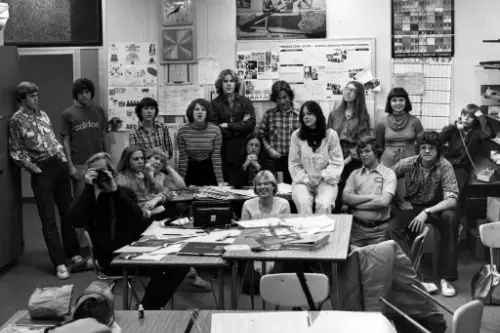
In the ’70s, students were often prohibited from wearing earrings or any other visible piercings, regardless of their gender. The idea behind these rules was to maintain a conservative, professional appearance and to avoid anything that could be perceived as disruptive or rebellious. In some schools, even small studs were considered unacceptable, and students with piercings could face disciplinary action.
Today, such a strict no-piercing policy would be considered outdated. Piercings are now seen as a form of self-expression, and many schools have relaxed their rules to accommodate this trend. There’s a growing acceptance of individuality in how students choose to express themselves through fashion, including piercings. The push for inclusivity and the embrace of diversity in personal style means that schools are increasingly less likely to enforce these outdated norms.
12. Teachers Were Allowed to Control Bathroom Access
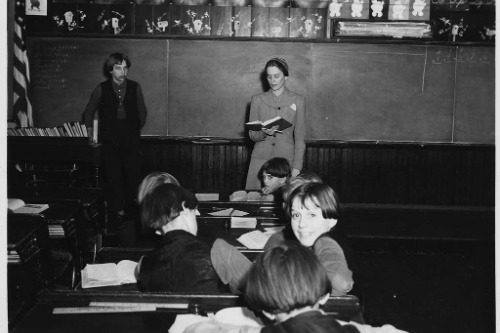
In the 1970s, it was common for teachers to control bathroom breaks. Students had to ask for permission, and some teachers would only allow bathroom use at certain times of the day. In some cases, students who asked to go to the bathroom were met with resistance or even ridicule, making the process uncomfortable and stressful. The assumption was that students didn’t need to leave class unless it was an emergency, and these bathroom breaks were seen as interruptions.
Today, the idea that teachers control bathroom access would likely spark outrage for both practical and ethical reasons. Students have a right to use the restroom when necessary, and denying them access can lead to health issues or unnecessary stress. Modern schools emphasize autonomy and student rights, and bathroom breaks are generally handled with more consideration for students’ needs and privacy.


